When it comes to social media marketing, you’ve got to go big to stand out these days. With a wealth of content creators all trying to gain our attention, it can be a hard task as a brand to cut through the noise. Here at the Small Films HQ, we’ve picked out some of our favourite FMCG brands that are absolutely smashing it with their social media marketing.
Misfits
This vegan protein bar jumped on the scenes in 2020 but has significantly grown in popularity this year after they went big on their social media game. Helped by eye-catching branding, Misfits inject fun and personality into everything they do, from drool-worthy close-ups of gooey caramel bars to playfully jumping on viral trends.
What we’re loving about Misfit’s Instagram content…
- Their content looks ridiculously tasty. Who wouldn’t want to grab themselves some of these high-protein bars?
- They’re happy to take the mick out of themselves. No serious content here….
- They inject competitions as a way to grow their audience
- They know how to engage with their audience, from flavour polls to product development from audience feedback.
Refy
When Molly-Mae is a fan, then you know that the brand is going big places. Launched in 2020 by Jess Hunt (who has an astonishing 1.8 million followers on Instagram), Refy is one of those brands that everyone wants in their make-up bag. With Brow Sculpt their iconic product, they were able to drive a 100k waitlist for this product alone.
What we’re loving about Refy’s Instagram content
- They show a wide range of influencers using their products
- They create intrigue, specifically around their recent pop-up shop in Soho.
- They show their products in action, helping their audience understand how colours and finishes might look
- They almost neurotically stay within their brand colours. There’s never a stray from a white, taupe or black.
Symprove
Symprove are absolute masters in influencer marketing. So much so, that I doubt there are many on Instagram that haven’t heard of this gut health brand. The video content on their side is a mix of content creator collaborations, recipes, morning routines through to ‘fact vs fiction from dieticians.
What we’re loving about Symprove’s Instagram content
- It’s not all shiny and polished; they confidently keep it authentic
- They use expert opinions to help build trust with their audience
- Their recipes are wholesome and appealing to a broader audience
- They do giveaways to help widen their audience
- They regularly give top tips to help their audience with their gut health
Smol
Bringing eco-friendly cleaning products direct to people’s homes, Smol is a brand that is trying to continually innovate to revolutionise home cleaning. Both plastic-free and housed in sustainable packaging, their capsules cut carbon by an impressive 35%. This isn’t a dry and dull eco brand, instead, they’ve brought their fun personality into all their content – ensuring that they’re selling sustainable living in a way that better resonates with their audience.
Why we’re loving Smol’s Instagram content
- They’ve gone big on video content, from showing how their products work to behind-the-scenes content
- They showcase the benefits of their brand, clearly stating the difference between Smol and high street non-eco brands.
- They have a broad spectrum of content they discuss from ‘smol science’ to ‘3 things you should clean monthly.
Fever-Tree
Everyone’s favourite mixer, Fever-Tree, is synonymous with that delicious summer G&T. Starting out with standard soda and tonic-type mixers, Fever-Tree has now grown into exciting new ranges from espresso martini mixers to Mexican lime. This brand exudes premium in everything that it does and never veers away from knowing exactly who its target audience is.
Why we’re loving Fever-Tree’s Instagram content
- Snappy reels showcasing different flavour combos
- Fun collaborations with spirit brands to help grow their audience
- Easy-to-follow video cocktail recipes
- Well-chosen influencer collaborations in line with their brand TOV
- Competitions with high-ticket prizes such as Royal Ascot
Athletic Greens
A brand that has gone big on its Ad game, Athletic Greens is a multivitamins company that offers a subscription service for its products. Amassing almost 500k followers on their Instagram account, they’ve created a hub of wellness content that has fantastic engagement.
Why we’re loving Athletic Greens content
- Going big on video content, they’re clearly showing their brand message around sustainability and health goals
- They put spotlights on their ingredients, helping their audience understand exactly the benefits of their product
- They build trust with their audience by video interviewing nutrition experts.
- They inspire their audience to buy their travel packets, with snappy video content showing the products in action.
Bold Beans
Bold Bean Co is an example of a brand with a simple product executed perfectly. Exploding across 2023/24, they have a mission to make everyone obsessed with the humble bean. And they’re showing that beany content doesn’t have to be boring. In fact these guys have a huge breadth with their content, from recipes to jumping on viral trends.
Why we love Bold Bean Co’s Instagram content
- They keep it really authentic. We love Founder Amelia’s dad’s recipe videos
- Their video recipes really show the breadth of what you can create with beans.
- They showcase content such as Dragon’s Den, which helps to build authority
- They go behind the scenes to showcase how they get their beans so tasty
- They proudly showcase the team behind the beans
Wild Refill
Will Refill has done a fab job of building brand awareness through influencer content. A much-loved brand already, Wild Refill continually thinks of fun and creative ways they can showcase their deodorant perfumes. Going big on activations (check out their candy floss experience), their Instagram content shows a good mix of behind-the-scenes, benefits, flavours and competitions.
Why we love Wild Refill’s Instagram content
- They quirkily showcase their new perfumes, brightening up their feed
- They inject video content in fun ways to show new stockists or perfumes launching
- They engage their audience collaborations, competitions and input on their deodorant scents.
This is just a small snapshot of what can be done with building your brand through your Instagram content. If you want to learn how video can improve your social media marketing tenfold then just pop up an email at george@smallfilms.com
At Small Films, we’re a video production company in London that has worked with some amazing brands over the years from Emily Crisps to Mallow & Marsh. You can check out our video work here.


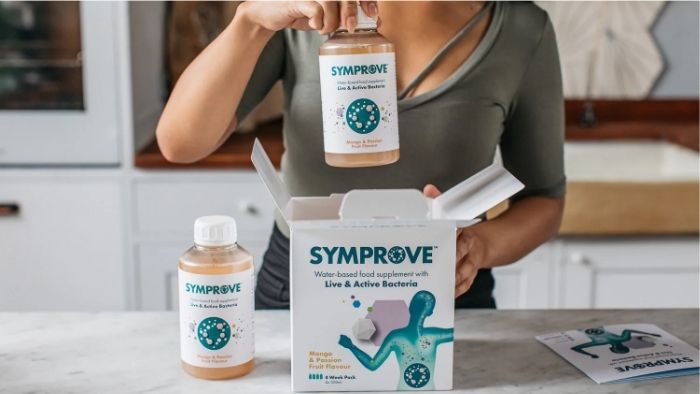



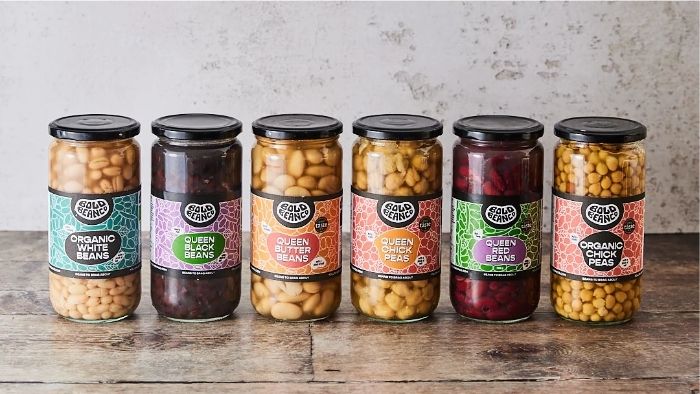

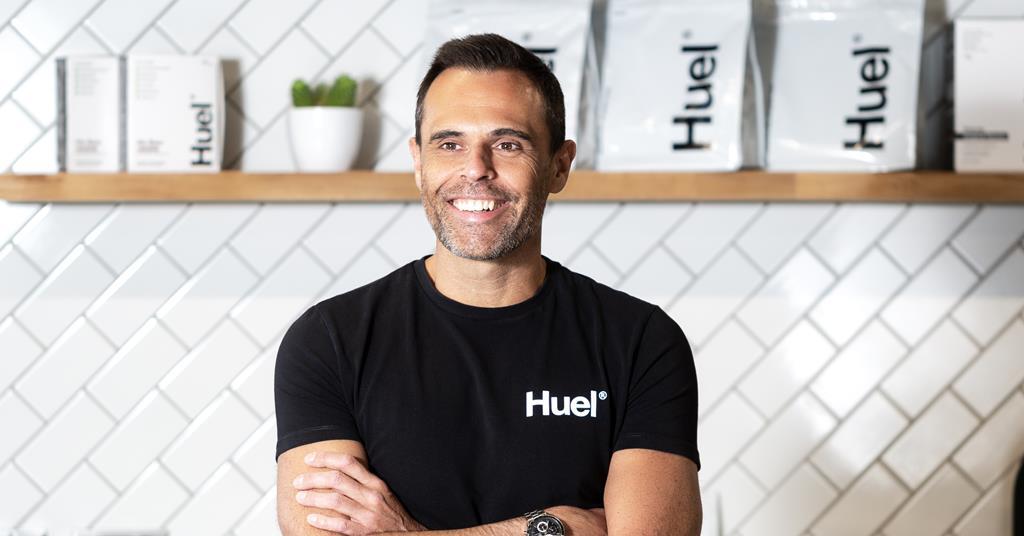
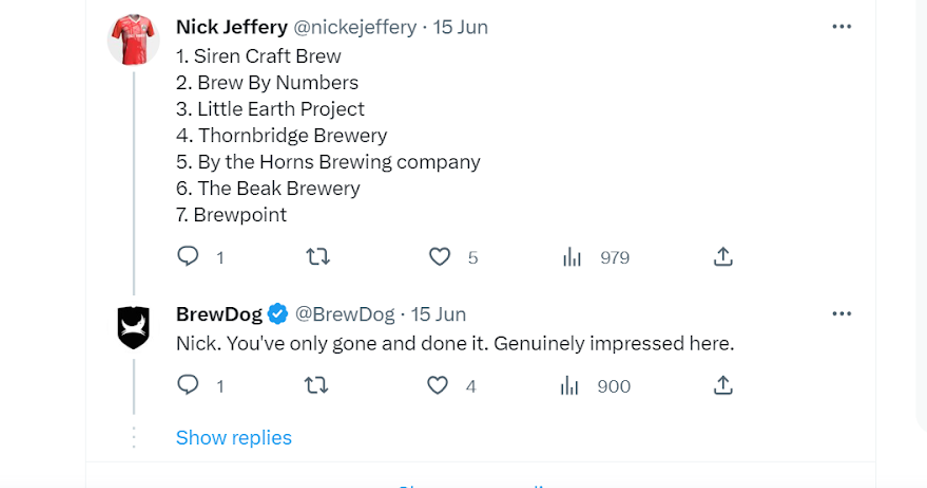
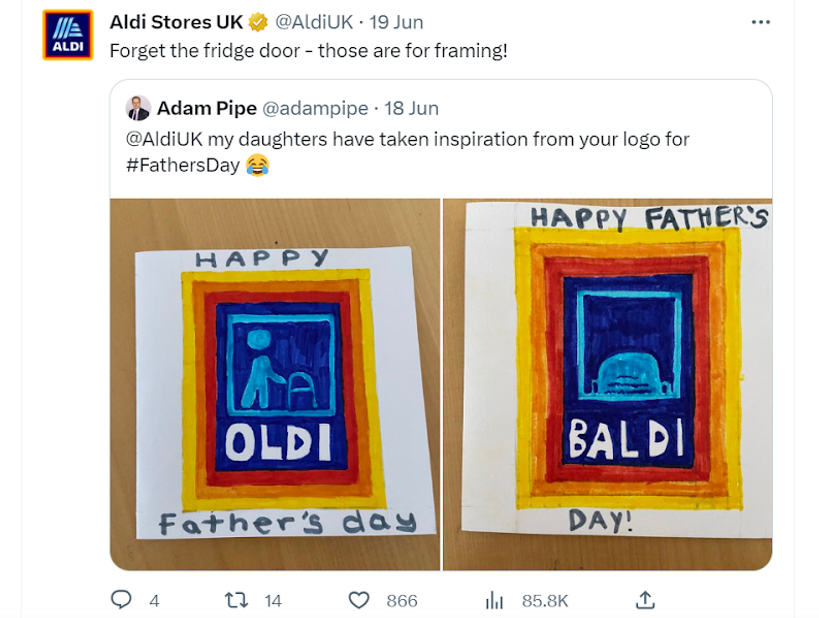

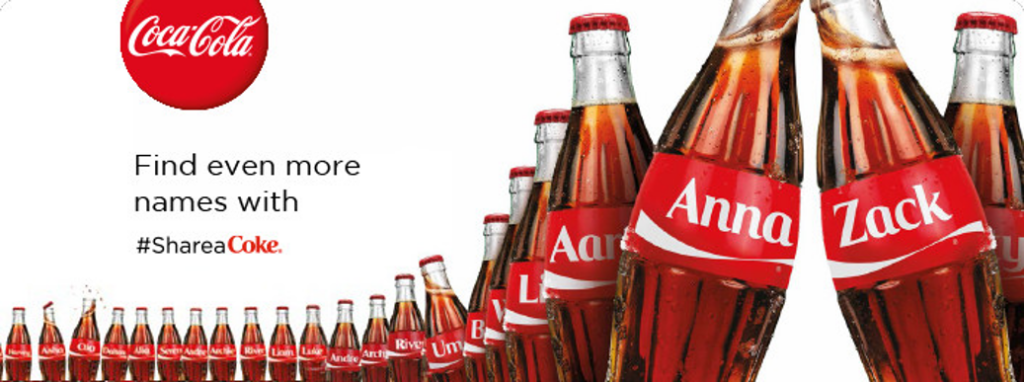
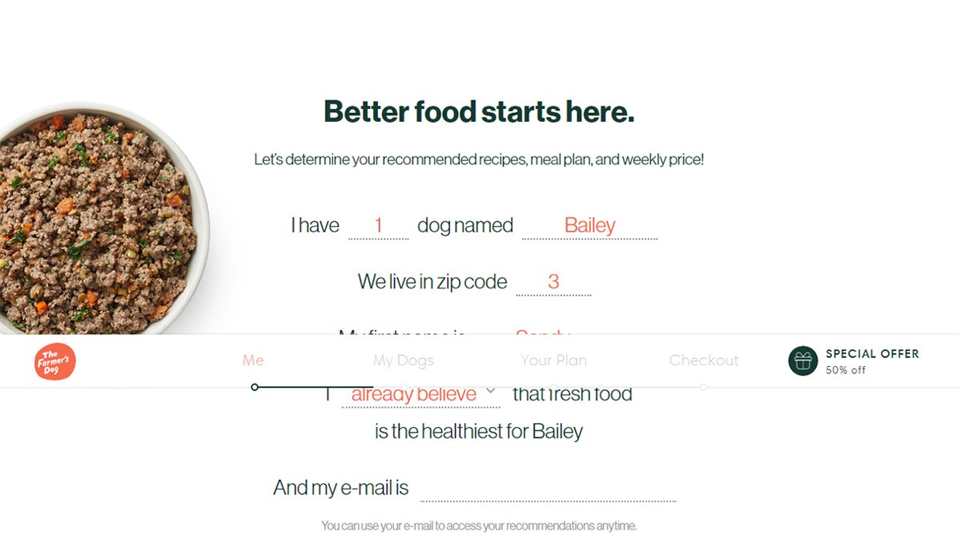
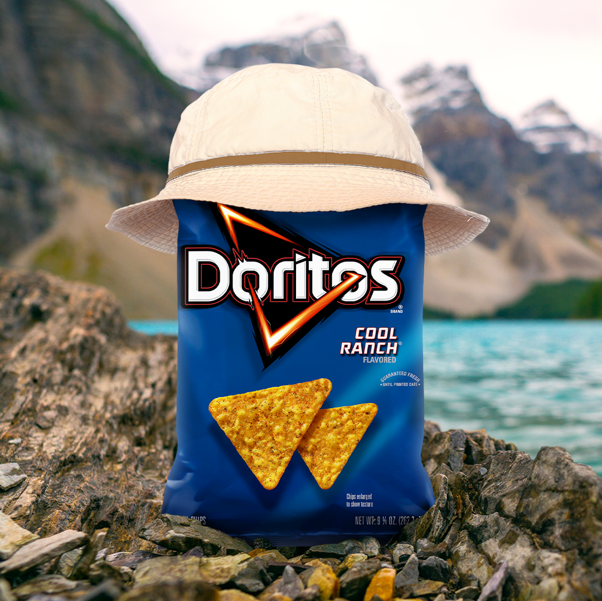
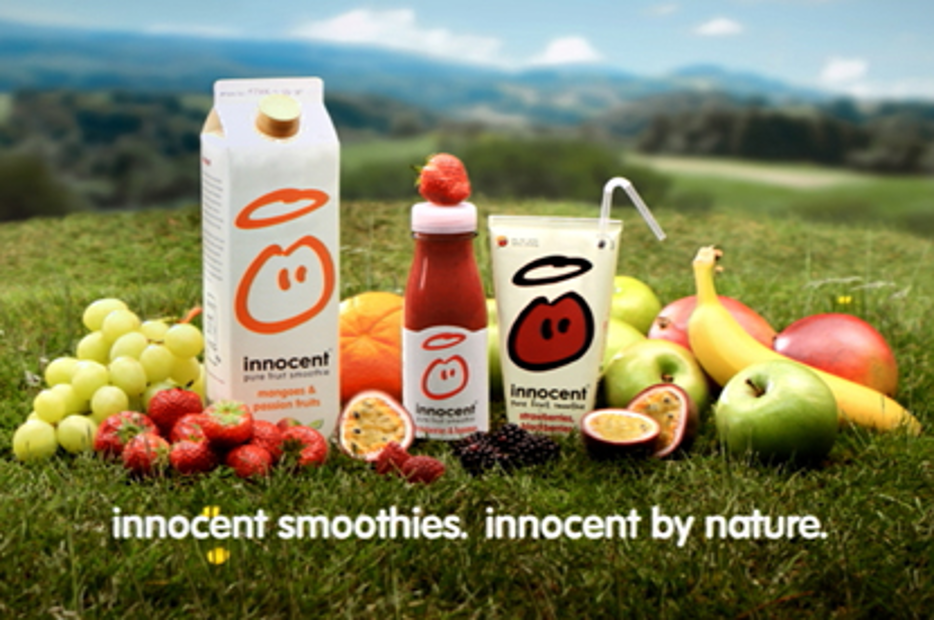 Building a loyal tribe for your food and drink brand does require a ton of hard work and certainly doesn’t come overnight. But if you put the right frameworks in place, and ensure that there is a two-way conversation with your audience you’ll start to build a more loyal following.
Building a loyal tribe for your food and drink brand does require a ton of hard work and certainly doesn’t come overnight. But if you put the right frameworks in place, and ensure that there is a two-way conversation with your audience you’ll start to build a more loyal following.